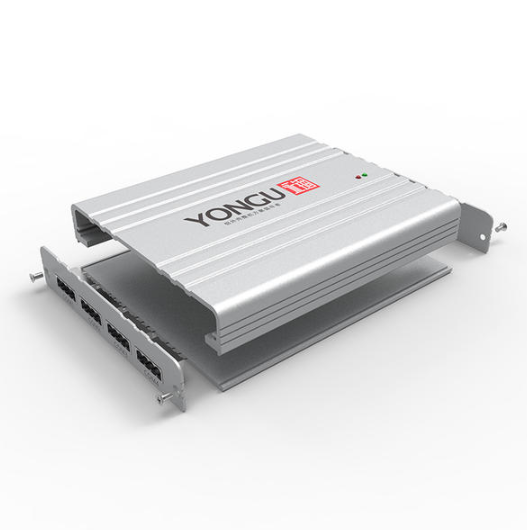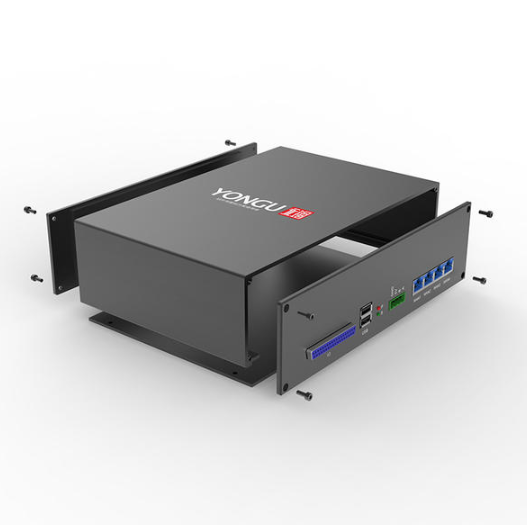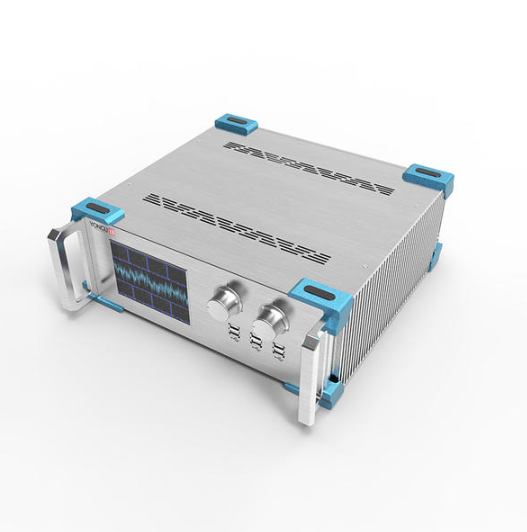Integrated circuits (ICs) serve as the foundation of modern electronics, revolutionizing industries with their compact design and efficient functionality. One crucial element ensuring the integrity and longevity of these tiny wonders is their enclosure. In this post, the author would introduce you the basic knowledage of the integrated circuit enclosure.
What is An Integrated Circuit Enclosure?
An integrated circuit enclosure, often known as an IC package or housing, serves as the protective casing for integrated circuits (ICs). These enclosures are designed to shield the delicate circuitry of ICs from external environmental factors that could potentially damage or interfere with their functionality.
IC enclosures come in various shapes, sizes, and materials, catering to the specific requirements of the integrated circuits they house. They provide a secure and stable environment for the ICs, safeguarding them from moisture, dust, physical impact, and other external elements that could compromise their performance.
The enclosure not only acts as a shield but also serves as a platform for mounting and connecting the IC to other components or circuitry within an electronic device. It supports the internal structure of the IC and aids in the dissipation of heat generated during operation, ensuring the IC operates within its optimal temperature range.
IC enclosures come in various shapes, sizes, and materials, catering to the specific requirements of the integrated circuits they house. They provide a secure and stable environment for the ICs, safeguarding them from moisture, dust, physical impact, and other external elements that could compromise their performance.
The enclosure not only acts as a shield but also serves as a platform for mounting and connecting the IC to other components or circuitry within an electronic device. It supports the internal structure of the IC and aids in the dissipation of heat generated during operation, ensuring the IC operates within its optimal temperature range.
What Material is Used For Integrated Circuit Cover?
The material used for the cover or encapsulation of an integrated circuit (IC) varies based on several factors, including the IC's intended application, thermal requirements, cost considerations, and desired performance characteristics. Some common materials used for integrated circuit covers include:
Ceramics: Ceramics are frequently employed due to their excellent thermal conductivity, durability, and resistance to temperature fluctuations. They provide robust protection for the IC and aid in dissipating heat generated during operation, ensuring optimal performance.
Plastics: Thermoplastics such as epoxy resins are commonly used for IC encapsulation due to their cost-effectiveness, ease of molding, and insulation properties. While not as thermally conductive as ceramics, plastics provide adequate protection for many types of ICs.
Metal Alloys: Certain ICs, especially those requiring superior durability and electromagnetic shielding, utilize metal enclosures like aluminum or specific alloys. Metal covers offer exceptional protection against external electromagnetic interference.
Glass: Glass-based materials are used for IC covers, especially in applications where high optical transparency is necessary. Glass encapsulation can be crucial for optical or sensor-related ICs.
Ceramics: Ceramics are frequently employed due to their excellent thermal conductivity, durability, and resistance to temperature fluctuations. They provide robust protection for the IC and aid in dissipating heat generated during operation, ensuring optimal performance.
Plastics: Thermoplastics such as epoxy resins are commonly used for IC encapsulation due to their cost-effectiveness, ease of molding, and insulation properties. While not as thermally conductive as ceramics, plastics provide adequate protection for many types of ICs.
Metal Alloys: Certain ICs, especially those requiring superior durability and electromagnetic shielding, utilize metal enclosures like aluminum or specific alloys. Metal covers offer exceptional protection against external electromagnetic interference.
Glass: Glass-based materials are used for IC covers, especially in applications where high optical transparency is necessary. Glass encapsulation can be crucial for optical or sensor-related ICs.
What are the Functions of Integrated Circuits?
Integrated circuits (ICs) are the cornerstone of modern electronics, serving a multitude of functions across various industries and electronic devices. Some of the primary functions of integrated circuits include:
●Signal Processing
ICs process signals in devices ranging from smartphones to complex communication systems. They manipulate analog and digital signals, performing tasks like amplification, modulation, demodulation, and filtering.
●Data Processing and Computing
ICs power computers, ranging from microcontrollers in simple devices to CPUs (Central Processing Units) in advanced computing systems. They execute arithmetic and logical operations, manage memory, and enable data transfer within a computer system.
●Memory Storage
ICs serve as the storage units in electronic devices, holding data in various forms—volatile (RAM) for temporary storage and non-volatile (ROM, Flash memory) for permanent storage.
●Power Management
Integrated circuits regulate and manage power within electronic devices, controlling voltage levels, power distribution, and energy efficiency. Power management ICs are crucial in optimizing battery life in portable devices.
●Sensing and Control
ICs are integral to sensors and control systems, facilitating functions like temperature sensing, motion detection, and environmental monitoring. These ICs interpret sensory data and execute control commands accordingly.
●Communication
ICs drive communication technologies, enabling wireless connectivity (Wi-Fi, Bluetooth, cellular networks) and wired communication protocols (Ethernet, USB) by encoding, decoding, and transmitting data.
●Audio and Video Processing
ICs handle audio and video signals in devices such as TVs, cameras, and audio systems. They process, decode, encode, and enhance multimedia content for optimal user experience.
●Security and Encryption
ICs incorporate security features like encryption and authentication, ensuring data integrity and protecting against unauthorized access or tampering.
Conclusion
All in all, an integrated circuit enclosure is fundamental in safeguarding the intricate electronic pathways within ICs. These enclosures not only protect the circuits but also aid in thermal management and signal integrity, ensuring the reliability and functionality of the integrated circuits across a myriad of electronic devices.






